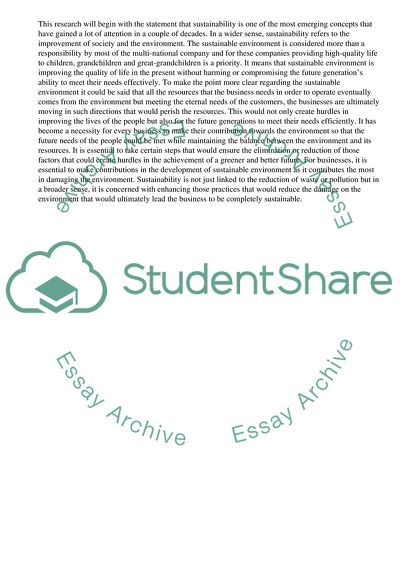Cite this document
(“The benefits that a company can gain simply by implementing the Essay”, n.d.)
The benefits that a company can gain simply by implementing the Essay. Retrieved from https://studentshare.org/business/1609167-environmental-management-by-companies-a-critical-evaluation-of-progress
The benefits that a company can gain simply by implementing the Essay. Retrieved from https://studentshare.org/business/1609167-environmental-management-by-companies-a-critical-evaluation-of-progress
(The Benefits That a Company Can Gain Simply by Implementing the Essay)
The Benefits That a Company Can Gain Simply by Implementing the Essay. https://studentshare.org/business/1609167-environmental-management-by-companies-a-critical-evaluation-of-progress.
The Benefits That a Company Can Gain Simply by Implementing the Essay. https://studentshare.org/business/1609167-environmental-management-by-companies-a-critical-evaluation-of-progress.
“The Benefits That a Company Can Gain Simply by Implementing the Essay”, n.d. https://studentshare.org/business/1609167-environmental-management-by-companies-a-critical-evaluation-of-progress.


